Latest Posts
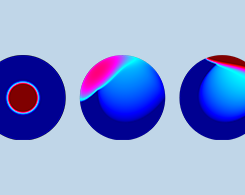
Finding the Best Way to Make Crêpes with Fluid Dynamics Research
The recipe for the perfect crêpe calls for flour, eggs, milk, sugar, butter, and…simulation? Fluid dynamicists used simulation to solve the optimal coverage problem for crêpe making.

Research into Elastic Strain Engineering Earns SPS Award in Computational Physics
1908: The Swiss Physical Society is founded. 1991: The organization starts the SPS Awards for young physicists. 2019: Dr. Amir H. Ghadimi receives the SPS Award in Computational Physics.

Highlights from the COMSOL Conference 2019 Cambridge
COMSOL Conference 2019 Cambridge by the numbers: 4 keynote talks from invited speakers, 4 panel discussions on industry topics, and 6 awards for top papers and posters…

Photos from the COMSOL Conference 2019 Cambridge
The COMSOL Conference returned to Cambridge, UK, for the first time since 2014. Along with a full conference program, attendees enjoyed the academic setting of Churchill College…
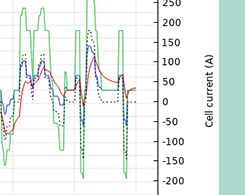
Estimating Parameters for a Li-Ion Battery via a Lumped Model
When performing an electrochemical analysis on a battery, an engineer might not have all of the information from the manufacturer. The solution? Parameter estimation via a lumped model…

3 Highlights of the COMSOL Conference 2019 Boston
One highlight of this year’s COMSOL Conference Boston was the keynote talks, which focused on batteries, corrosion, and inertial focusing in autonomous vehicles.

Analyzing the Liquid Cooling of a Li-Ion Battery Pack
A sudden temperature increase or decrease can affect the efficiency of a lithium-ion battery. For the battery packs used in electric vehicles and other application areas, this can be a problem…

10 Real Uses of COMSOL Multiphysics® in the Power Industry
Minimizing transformer noise, planning underground cable networks, and managing a power grid. Keep reading for more real-world examples in which simulation is used in the power industry.

Photos from the COMSOL Conference 2019 Boston
Highlights from the COMSOL Conference 2019 Boston include 40+ minicourses, panel discussions, keynote talks from invited speakers, and a cruise around Boston Harbor!
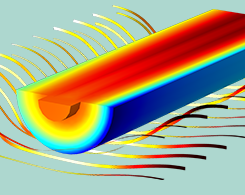
The 2019 Nobel Prize in Chemistry Celebrates Li-Ion Battery Research
John Goodenough, M. Stanley Whittingham, and Akira Yoshino, winners of the 2019 Nobel Prize in Chemistry, come from different places and researched lithium-ion batteries at different times.
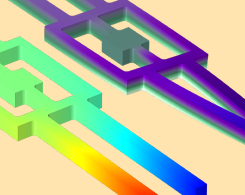
Modeling a Double-Tuning-Fork MEMS Gyroscope
Piezoelectric rate gyroscopes and similar MEMS devices offer an affordable way to measure angular velocity in applications such as skid control and rollover detection in automobile systems.

Happy Birthday, Niels Bohr
Niels Bohr’s work in physics started in college, when he solved a surface tension problem for the Academy of Sciences. He went on to work in atomic structure and quantum mechanics.

Happy Birthday, Sir William Ramsay
Argon got its name, which means “lazy”, because it doesn’t react with other elements in air — or seem to do much of anything. The chemist behind this discovery went on to find the noble gases.

The COMSOL Conference 2019 Kicks Off Today in Cambridge
The COMSOL Conference 2019 started today in Cambridge, U.K. Catch a glimpse of the event here.

Happy Birthday, Adrien-Marie Legendre
From polynomials and functions to a moon crater and main belt asteroid, French mathematician Adrien-Marie Legendre has quite a few namesakes.
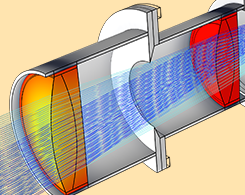
Zeiss, Abbe, and the Evolution of Microscopes and Optical Research
The story of Carl Zeiss and Ernst Abbe involves a picturesque town in Germany, compound microscopes, and a hammer and anvil. See for yourself with a glimpse into the history of optical research.

The Origin Story of the Sampling Theorem and Vladimir Kotelnikov
Less than a century ago, we didn’t have the theorem that is fundamental to our understanding of electronic communication today. Fortunately, Vladimir Kotelnikov entered the picture.
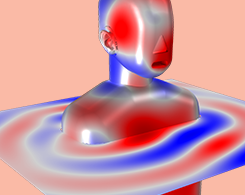
Analyzing the Acoustics of a Head and Torso Simulator
Acoustics engineers designing hearing aids, cellphones, and headphones can perform standardized measurements faster and cheaper with simulation, as shown in this example.

Happy Birthday, James Joseph Sylvester
Ever heard the word combiants? What about plagiograph, allotrius, or zetaic? The Shakespeare of mathematics, James Joseph Sylvester used his love of poetry to find new ways to describe theories.
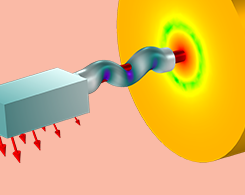
How to Use Solver Suggestions in Acoustics Modeling
When you model large, industry-scale acoustics, ever find it challenging to efficiently solve the problem with the hardware at hand? Enter the solver suggestions in COMSOL Multiphysics®.

A Look Back at Early Film Technology
Did you know that one of the most prominent filmmakers during the advent of cinema was Thomas Edison? Here, we discuss early film technology, instruments, and the people who used them.
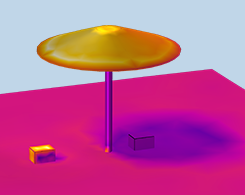
The Importance of Thermal Radiation in Your Models
Conduction and convection tend to get more attention from simulation engineers, but radiation plays an important role as well. Learn how (and why) to account for thermal radiation in your models.

Happy Birthday, Samuel P. Langley
The person behind the NASA Langley Research Center, Samuel P. Langley once invented a system of standardized time in order to get more funding for his astronomical observatory.
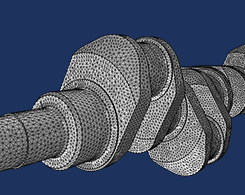
How to Refine and Adapt Imported Meshes
2 features for getting the most out of your imported meshes: 1. The Refine operation quickly reduces element size. 2. The Adapt operation modifies the element size via an expression.
